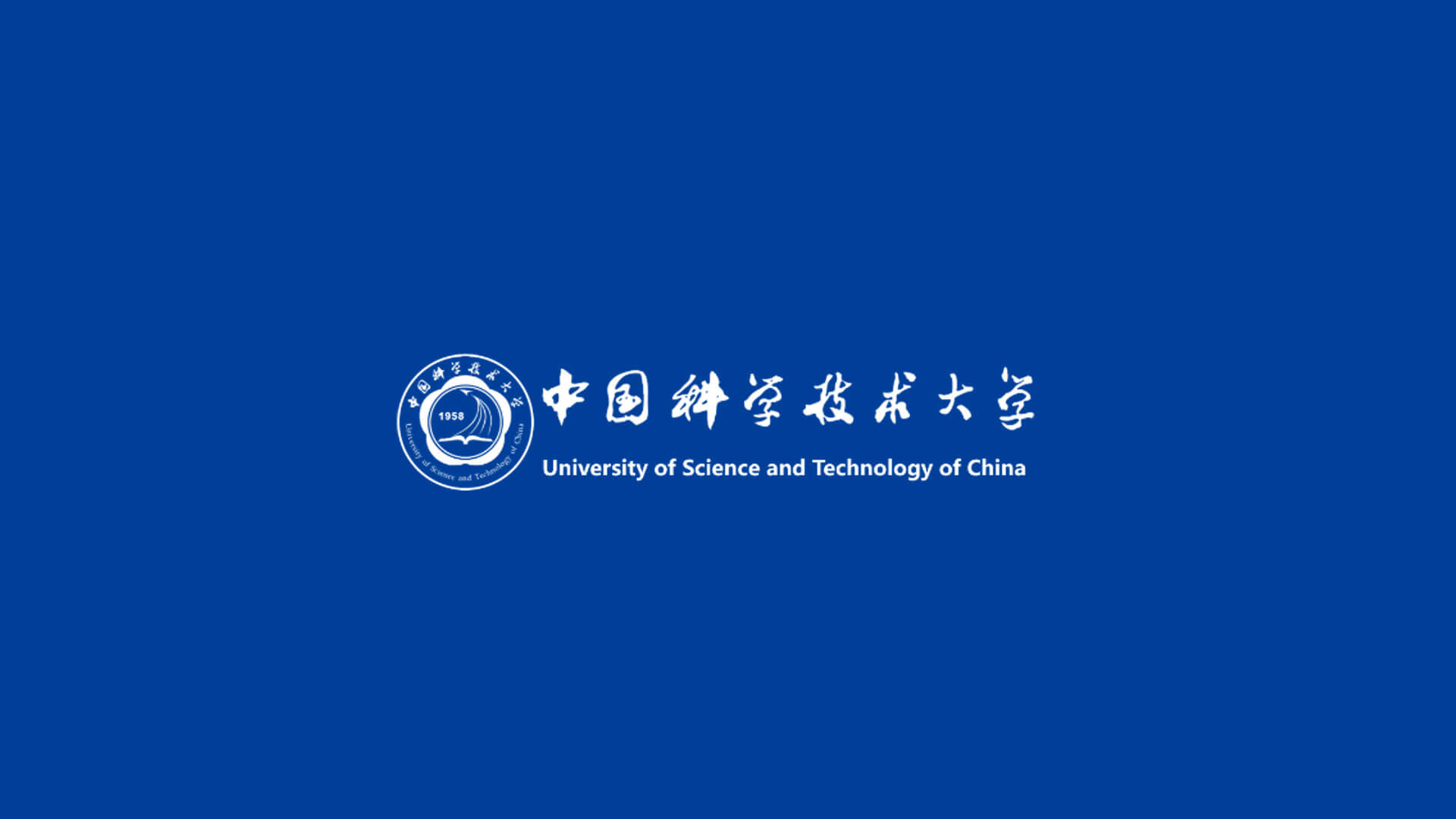As global energy demand continues to grow, achieving carbon neutrality while preserving ecological balance has become a paramount goal. The core strategy is to integrate energy systems with sustainable development—improving overall system efficiency, reducing greenhouse gas and pollutant emissions, promoting resource circularity, and building resilient infrastructure. Priority research areas include:
Energy storage and transmission/distribution: Li/Na/solid-state batteries, aqueous batteries, supercapacitors, and hydrogen storage and transport…
Clean energy conversion: electrocatalysis and photocatalysis, fuel cells, metal–air batteries, solar photovoltaics, and thermoelectric/photothermal conversion…
Low-carbon processes and materials: green chemical manufacturing, carbon capture, utilization and storage (CCUS), low‑carbon cement and steel, recyclable polymers, bio‑based materials, and other emerging directions…
A central scientific challenge in energy and sustainability is to elucidate structure–property relationships in energy materials to enable targeted optimization and performance breakthroughs. Synchrotron light sources, with their high brightness, broad spectral coverage, and outstanding temporal and spatial resolution, make it possible to resolve the structural evolution of energy materials and interfaces—and link that evolution to performance—under operando and realistic conditions. The Hefei Light Source (HLS) leverages a suite of low-energy, particularly soft X‑ray, techniques—including X‑ray magnetic circular dichroism (XMCD), X‑ray absorption spectroscopy (XAS), photoelectron spectroscopy (PES), mass spectrometry, and multimodal imaging—to deliver atomic‑ and electronic‑scale structural insights.
As a fourth‑generation synchrotron, the Hefei Advanced Light Facility (HALF) designed to deliver extremely bright, finely focused, and highly coherent X‑ray beams. These features greatly improve the ability to make precise measurements for spectroscopy, imaging, and diffraction—covering everything from energy and momentum to space and time. HALF is not only a powerful upgrade to existing technologies but also a platform that enables entirely new ways of doing experiments. One of its major strengths lies in in-situ and operando studies—observing materials directly under realistic working conditions. With advanced soft and tender X‑ray techniques, such as near‑ambient‑pressure photoelectron spectroscopy (NAP‑XPS) and X‑ray absorption and emission spectroscopy (XAS/XES/RIXS), researchers can track how catalysts and energy materials behave in real time. These capabilities open the door to breakthroughs in clean energy, for example by revealing how batteries store and release energy or how catalytic reactions can be made more efficient. HALF also offers state‑of‑the‑art imaging at the nanometer scale. By combining chemical sensitivity with ultrahigh spatial resolution, it allows scientists to explore critical questions—such as why lithium‑ion batteries fail during fast charging or how the microscopic structure of lightweight composites determines their strength and performance. In addition, with advanced mass spectrometry, HALF can monitor fleeting reaction intermediates in the gas phase with exceptional sensitivity. Altogether, HALF brings together a unique set of tools that will allow researchers to see, in unprecedented detail, how the electronic structures, chemical states, and light elements within complex materials evolve during operation. This insight will provide vital knowledge for developing next‑generation energy technologies.


